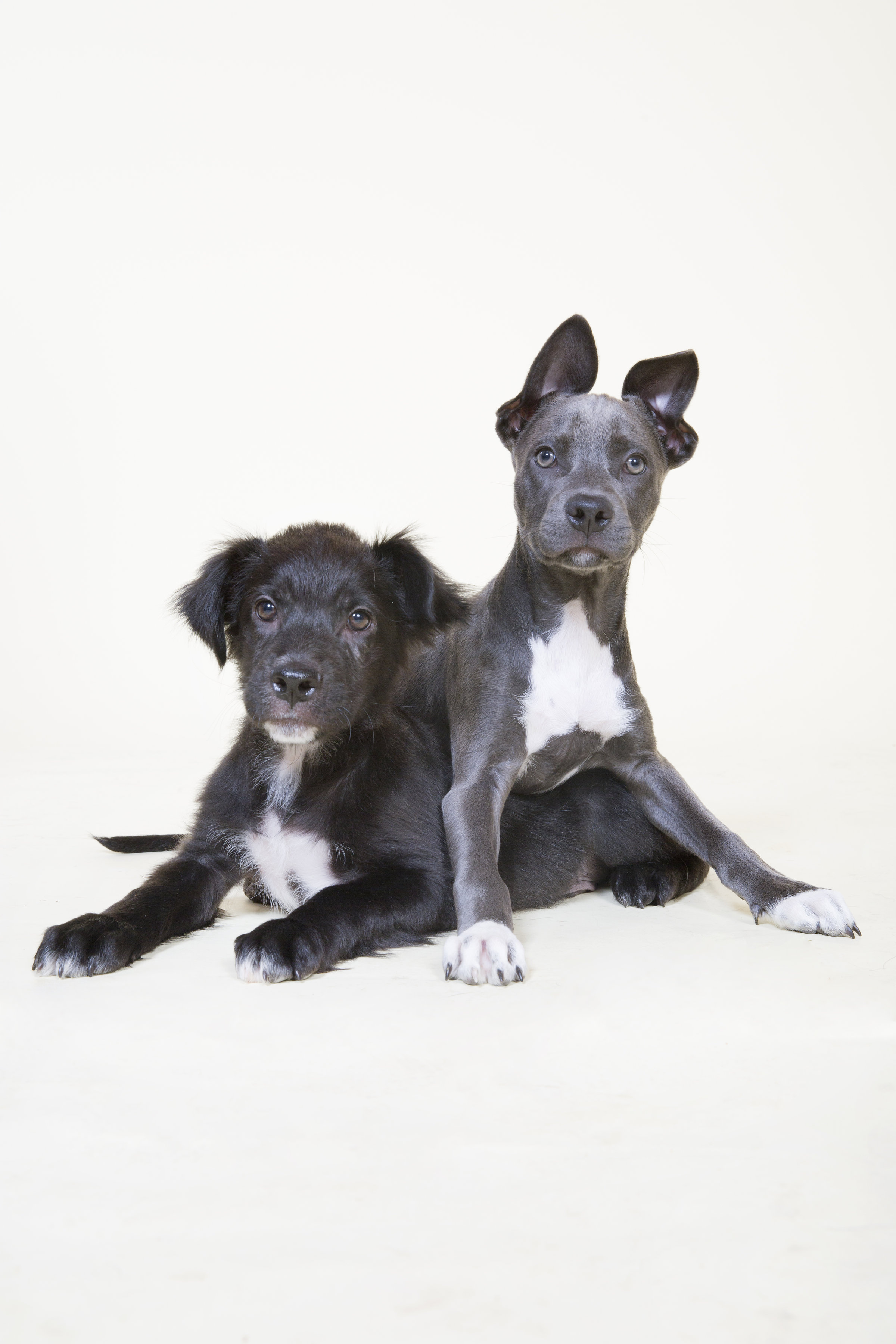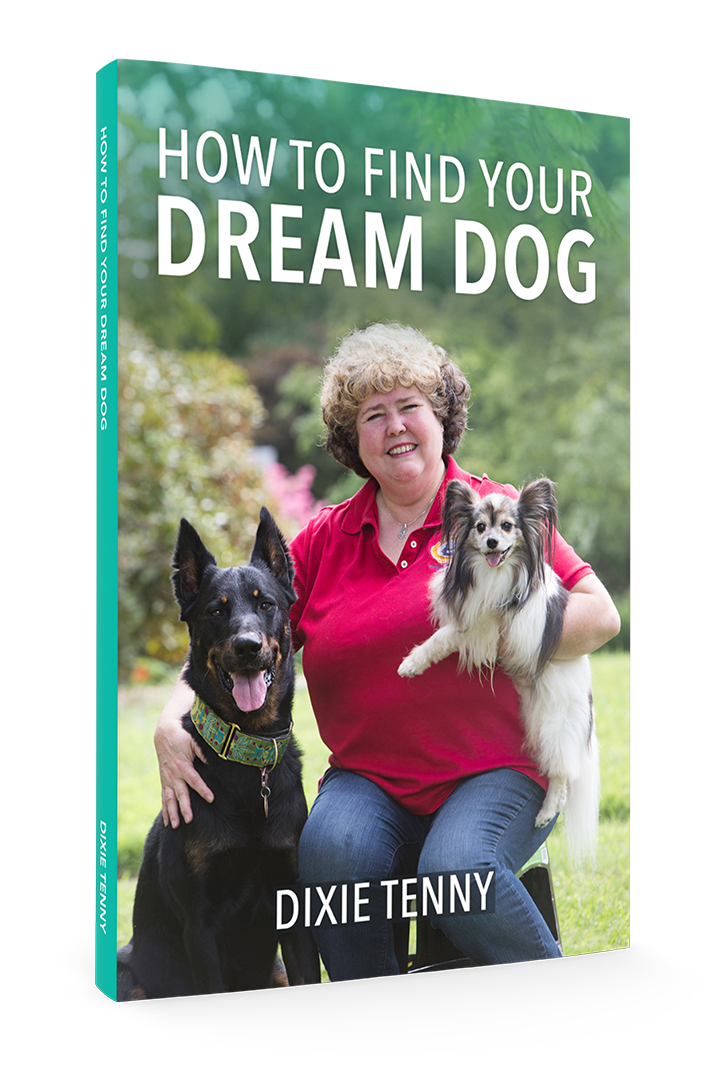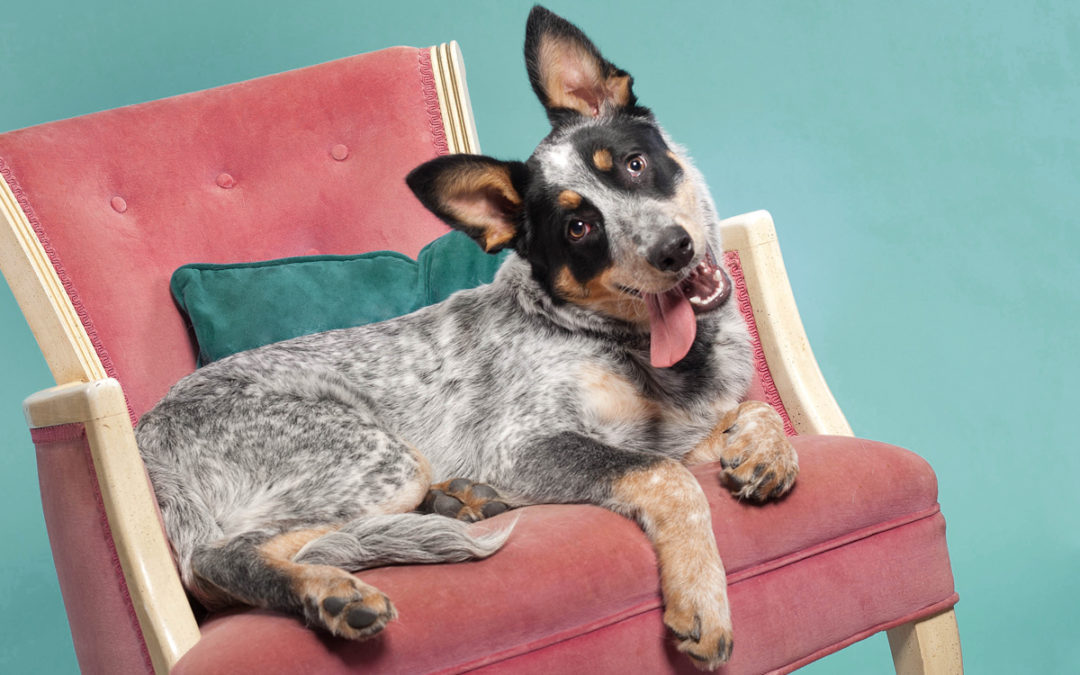Do you talk to your puppy? Of course you do! What’s cuter than a quizzical little face on an adorably cocked head as a puppy tries to puzzle out what you’re saying to him? It’s in the nature of most humans to chatter to their companions, whether those are other humans or their beloved pets.
There is a downside to this behavior, though. If you’re in the habit of chatting to your puppy all the time you’re together, how is he supposed to know when you’re saying something important vs when you’re just ‘talking’?
“OMG Barkley, I can’t believe you chewed up the newspaper again! What is the matter with you – don’t you see all these toys on the floor?”
“C’mon Pal, jeez, haven’t you sniffed that tree enough? Do you really need to smell every tree we walk past? This is so boring!”
“Oooh, Pepper, you are so cute! I just love your fuzzy wuzzy wittle head!”
What are Barkley and Pal and Pepper supposed to make of this? They heard their names – which, ideally, means “pay attention to what’s coming next” – but what came next was a string of words they didn’t understand. So what are they learning from this type of talk? Sometimes my name means something important is going to follow, but usually it doesn’t. So I won’t be so quick to pay attention to my owner when I hear my name.
Do you want your dog to listen to you and respond to what you say? Then you need to make what you say to your dog worth listening to.
Imagine being brought to live with a family in a foreign country where no one speaks a word of your native language. You would need your family to clearly connect words with objects or actions, repeatedly, so that you could learn what was expected of you. If your family chattered a stream of conversation at you most of the time, how easy would it be to learn the meanings of words and phrases?
Follow some simple rules to create clear communication with your puppy from the beginning:
1. Puppy’s name should always mean “look at me for further instructions.” If that’s not what you mean, don’t use your puppy’s name. Trainers see dogs in every single training class who have learned to tune out their names, and yet their owners keep saying them, and saying them, and saying them… If you want your dog’s name to be relevant, make it mean one thing from puppyhood on. And never use your puppy’s name in anger, unless you want to have a dog who hesitates before approaching you when he hears his name…or runs the other way.
2. Use clear words or sentences, enunciate them clearly, and make them mean the same thing every time. My English husband’s pronunciation sounds different from my Midwestern American, and sometimes our dogs don’t understand his cues – though the words are identical to mine – unless he is careful to enunciate the words very clearly. Dogs can learn hundreds of words but just one meaning of each word: if “down” means “lie down,” it can’t also mean “get off of me,” “go downstairs,” etc. And it’s much easier for a dog to learn “wait” than to learn the meaning of “hang on just a minute, sweetie, I have to put on a coat before we can go out.”
3.This doesn’t have to sound like a sergeant barking at privates in boot camp, however. I use many sentences with my dogs, but they are always said the same way and they always mean the same thing. “Are you ready to go out?” “Want your dinner?” “Who wants a treat?” “We’re going downstairs.”
4. If you have more than one dog, create name awareness by saying each dog’s name as you hand him a treat or put his dinner on the floor. In fact, this strengthens name awareness and response for single dogs, too.
5. Remember that your face speaks to your puppy, as well as your voice. Research tells us that domestic dogs read human expressions more accurately than chimpanzees and far more so than wolves. Soft eyes and a smile speak volumes.
6. Research also teaches us that dogs who hear a lot of meaningless chatter throughout their day have higher levels of stress than dogs who don’t. Think back to being that foreign visitor who doesn’t understand the language: wouldn’t you find it stressful if people kept directing conversation at you and you never knew whether you were expected to understand and respond to them or not? Keep your verbal interactions with your puppy meaningful.
7. Finally, there will be times when you just must tell that little puppy how incredibly cute he is. Cue him in that this is just sweet-talking: smile, laugh, half-close your eyes, make yourself small and your body language wiggly. This is similar to how dogs use a ‘play-bow’ and soft, wiggly body language while playing, so that even when they ‘bite’ each other and perform other behaviors that would normally be aggressive, the bow and body language have told the other dog “what we’re doing is just for fun, no worries!”


By entering your name and email below, you'll grab the Introduction of
How to Choose Your Dream Dog for FREE
How to Choose Your Dream Dog for FREE

